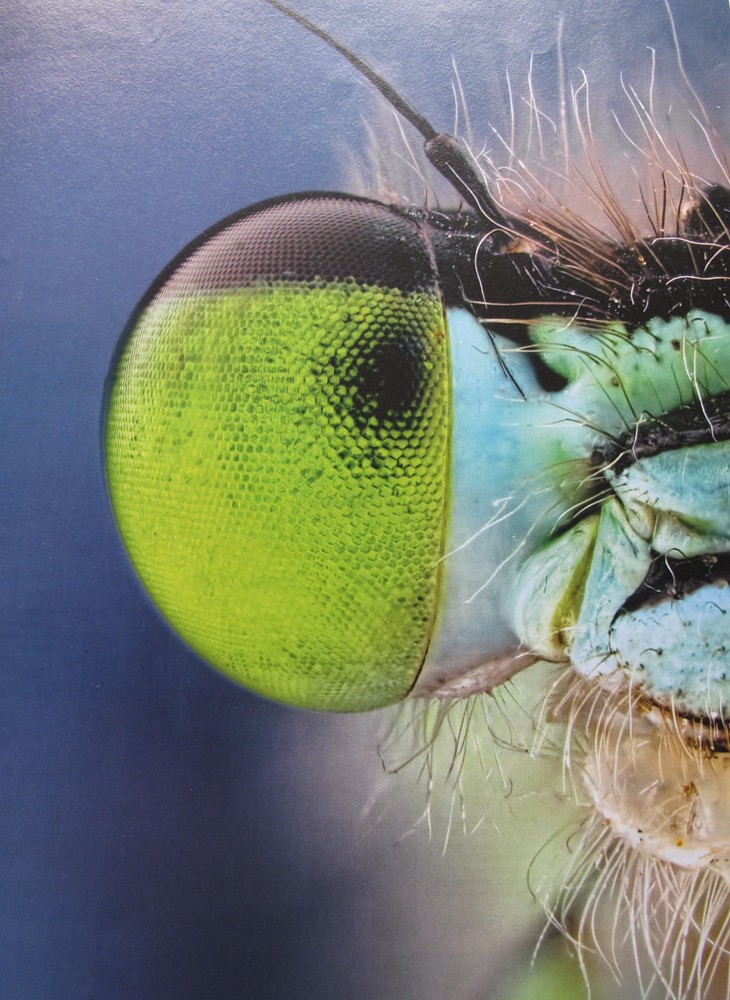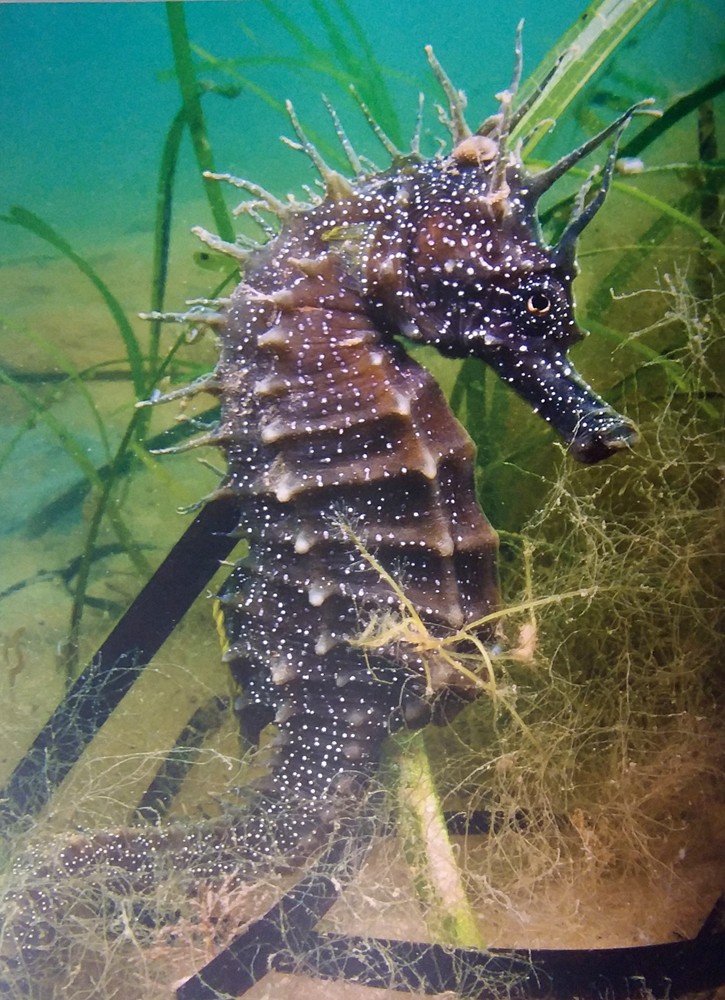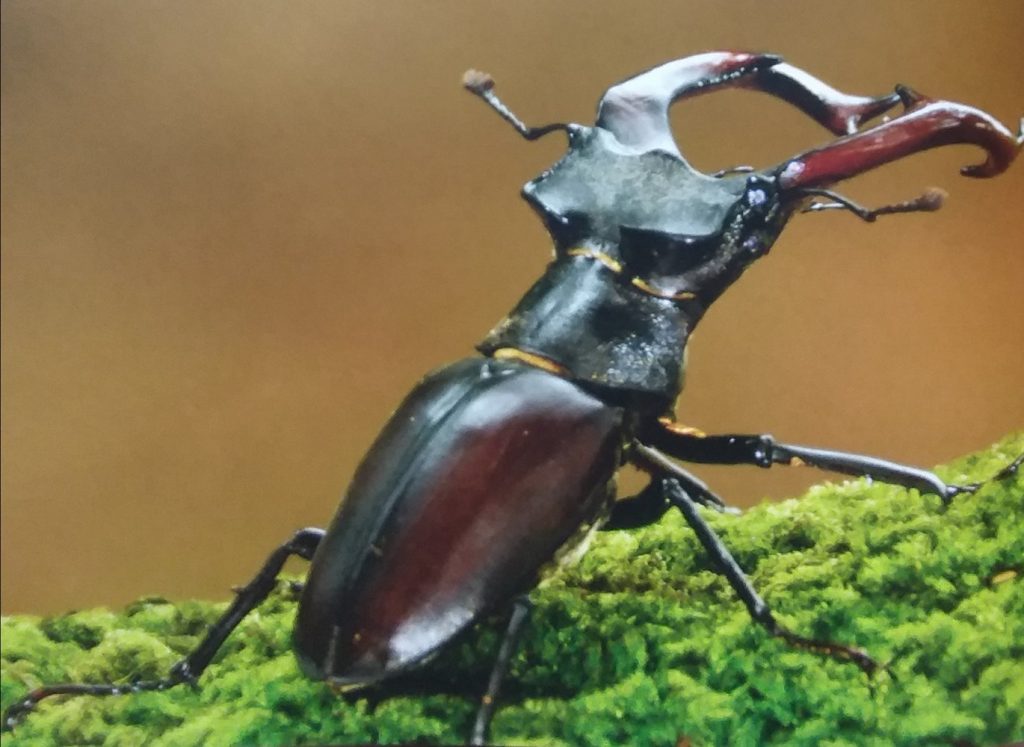
At the beginning of each month, Jan Flamank will create Nature Notes that can be shared online. You can read Jan's notes below, or you can click on each picture to find a page of notes about that topic that you can download.
Be aware though that these pages are in a format that will not work well on small-screen devices such as smartphones or small tablets.
More people have said that they have heard again, for the first time in years, the unmistakable call of the cuckoo. They are one of the migratory birds that fly over here from sub-Saharan Africa, which is an exhausting and dangerous migration.

I think one reason for more cuckoos this year may be the imposed lack of global human activity due to COVID-19, including the appalling traditional spring hunting/shooting season in Malta, where the cuckoo flies over. So, less shooting by horrible humans means more cuckoos make their long migration safely! Yippee. Less pesticide use may also be a positive factor in this recent resurgence, as they particularly enjoy feasting on hairy caterpillars.
The reed warbler, dunnock and meadow pipit may be less enthusiastic than me about this though, as they are the main target of the unusual ‘brood parasitism’ the cuckoo is famous for. Which basically means the female lays her eggs in other birds' nests and then simply leaves them to bring up her offspring.
Cuckoos always lay their eggs in the nest of the same species that raised them, and have evolved the ability to lay eggs that closely resemble the host bird's egg in pattern and colour, although their egg size will always be larger. She can lay up to 20 eggs each season, far more than if she was also feeding and raising them.
The cuckoo egg hatches at about 11 days, but before the host egg, and soon after hatching, the baby cuckoo manoeuvres the host eggs on to its back, and throws them out of the nest. It now has the sole attention of the small host bird, who feeds it every hour during daylight.
It grows at a rapid rate, overfilling the nest, and as soon as it fledges, usually in June or July, it makes its first migration to Africa. This is a complex journey of several thousand miles. And all this without ever meeting its parents, or being shown where and when to fly that vast distance!
We often underestimate the intelligence and ingenuity of birds, including the elusive cuckoo. I hope you heard one this year.
Damselflies and dragonflies both belong to the order of insects called Odonata, from the Greek for ‘toothed jaw’. They both have a hinged, extendable lower lip, which shoots out to impale their prey with the pincers at the tip, making them highly efficient predators.

Damsels and dragons are different suborders, not male and female of the same insect, as commonly thought. Damsels are smaller than dragons, and most appear earlier than the dragons, from April.
Damsels hold their wings held close to their body as they perch, whilst dragons hold them out to the side. Damsels have two distinct, large eyes, positioned at each end of their oblong head. Each eye has up to 30,000 individual light sensitive cells, which gives them good vision. This image is a close up of the eye of the widespread Azure Damsel - not to mention the fantastically hairy face!
We have 52 species of Odonata in the UK, and fossils of dragonflies have been found in carboniferous rocks that are 350 million years old! This is the time of year to see the adults flying near freshwater, and my twin brother and I used to go off for the day, aged 6 or 7, to a big local park and lake, with empty match boxes and little nets to try to bring some home….. we only ever caught one, and it flew off as soon as we opened the box.
Damsels lay individual, cigar-shaped eggs into the stems of aquatic plants, which helps to protect them from predators. They spend most of their life as carnivorous, developing nymphs in water, only living up to a month as a flying adult, with the sole intention of mating.
But if you sit quietly by fresh water in July, you may be rewarded with the marvellous sight of a damsel or dragon, briefly on the wing as an adult, looking for a mate. A true sign of summer.
We have two native seahorses in the UK, the Short Snouted Seahorse (Hippocampus Hippocampus) and the Spiny or Long Snouted Seahorse (Hippocampus Guttalatus). The image here is of a Spiny Seahorse, with clearly visible, extra-long spines on the head.

They are a rare sighting, but are fairly widespread in shallow, inshore waters all around our coast, right up to the Shetland Isles. Although they resemble horses and swim in an upright, vertical position, they are tiny fish. But they are surprisingly poor swimmers, relying only on their small dorsal fin to propel them forward. It beats at up to 70 times a second, which seems a lot, but they only move slowly through their favoured calm, warm waters, mainly on the southern coasts.
Their most extraordinary, unique fact is one we all know- it is the male who carries the developing young - the only male creature on earth to have a true pregnancy. And we still don’t know why this is!
The males vie with each other for a female, and they mate for life. They maintain strong bonds with each other by a daily dance, where they spiral around each other for up to an hour every morning. When mating, the female transfers her eggs to him by her ovipositor, and he then self fertilizes them within his body with his sperm. He can carry hundreds of fertilized eggs in his pouch for up to a month, and then gives birth to tiny, live young seahorses. They need the cover of good amounts of seagrass to help them survive when very young.
Once they are born, the seahorses, known as fry, have to fend for themselves, and are very vulnerable to predation, so their numbers are quickly reduced. Luckily, seahorses are able to change colour, so they can camouflage themselves, and disappear as much as possible within their surroundings, often almost invisible in the seagrass and eelgrass beds they are hiding within.
Seahorses also have a prehensile tail, which they can wrap around underwater foliage, to stop them being swept away in stronger currents and rough seas. They also have unusual vision, as their eyes act independently of each other. This means they can’t judge distance, but they can see to the front and back at the same time, keeping both eyes on the lookout for predators.
So, although tiny, they have some excellent adaptations to help them survive to adulthood, to mate for life and to continue that unique and intriguing fact of male pregnancy and birth!
Beetles are fantastically successful insects across the whole world, and belong to the order Coleoptera, which means ‘sheath wings’. Most have two pairs of wings, with the tough front pair folded over the much more delicate hind wings, forming a protective armour. Their hard outer layer is called an exoskeleton, which is waterproof and airtight, but with tiny holes called spiracles which allows it to breathe.

Beetles are the largest order of all insects, with more than 400,000 different types identified so far, and have biting jaws on the underside of their head, distinguishing them from bugs like aphids, which have sucking mouthparts. They are cold blooded, and control their body temperature by moving and basking in the sunshine to warm up.
We will all be familiar with the lovely, brightly coloured ladybird, a real gardeners friend, as it eats lots of aphids, but our largest beetle, at up to 9cms long, is the Stag Beetle. It well named, as the male has really impressive, large claws which resemble deer antlers. Like deer, they use these to fight with other males for the chance to mate with the females. They lock claws as each male tries to lift and overturn their rival, and then dash them to the ground. Beetle wrestling!
After mating, the female lays her eggs in rotting dead wood, and then dies. The creamy coloured grubs hatch out quickly and remain inside the dead wood, feeding on it for up to 6 years as it grows. It then burrows into the soil, turning into a pupa where it develops over winter and spring into the fully formed adult beetle, emerging in the summer.
Stage beetles are only on the wing for a few weeks, from early June to August, easily visible on warm summer evenings as they fly around, because of their large size. Gardens with untidy bits of dead wood are important habitats for this amazing beetle, but they also bask on warm pavements to heat up their bodies, which is a risky business as people often tread on them. Not much reward for such a short adult life!
So, help wildlife by allowing parts of your garden to be less tidy, and keeping some old logs that can gently rot down, providing a safe place for all sorts of useful insects to live, including our largest beetle.